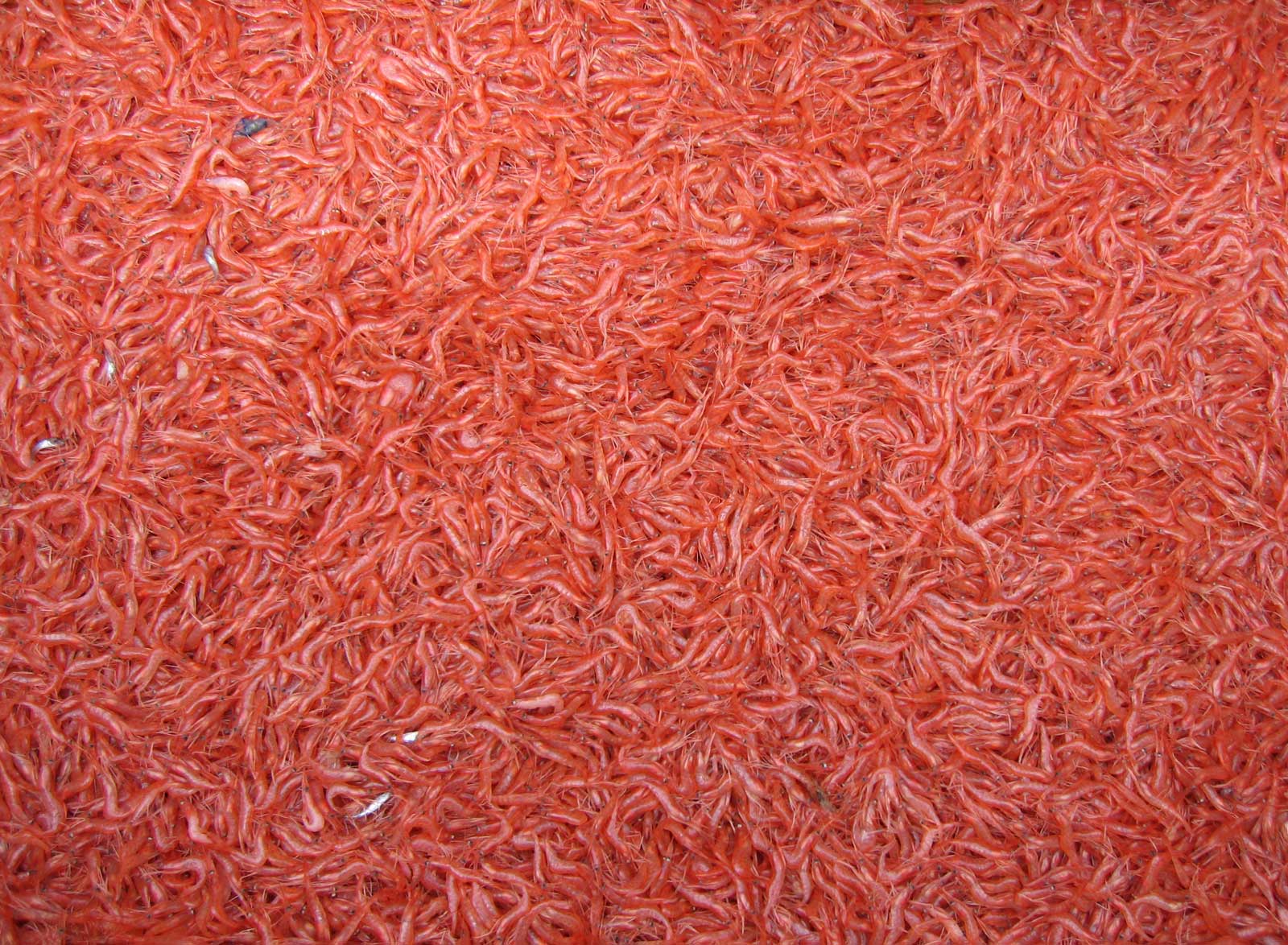As predicted by fisheries scientists, catches fell off for Oregon shrimp trawlers in 2017. With a preliminary harvest of 23 million pounds and ex-vessel prices averaging 55 cents per pound, the industry has reverted to earnings closer to what it saw five years ago.
The 2016 harvest of 35 million pounds yielded ex-vessel prices at an average 71 cents per pound. Ex-vessel revenues for the fleet topped $25 million. That’s down sharply from 2015, when 53 million pounds equated to an ex-vessel value of $40 million.
“This year was down,” says Scott Groth, pink shrimp project leader with the Oregon Department of Fish and Wildlife, in Charleston. “We had been through five years of 50 million-pound harvests, which was just historic.”
A key factor in the abundance of harvestable shrimp rides on oceanic conditions. Much of the 2016 season coincided with an El Niño event that caused profound effects on the year class of 2014. The year of warmer water in 2014 made for a significant shortage of 2-year-olds in the 2016 fishery. Those same shrimp would have been 3-year-olds in the 2017 fishery, and their size of around 100 per pound makes them more desirable in the markets.
As an offset from the scarcity of shrimp from 2014, expectations in the 2017 season were that catches would be spiked with greater abundance 2-year-olds from 2015. But managers and the industry were surprised at the catch of 1-year-old shrimp from 2016.
“The catch was dominated by 1-year-olds,” says Groth. “There weren’t any 3-year-olds either. That’s the big thing.”
Based on fisheries harvest data from the Oregon Department of Fish and Wildlife, managers expect the 2018 season to produce a harvest similar to 2017.
As for ex-vessel prices, surplus production of cold-water shrimp from other parts of the globe continues to dampen prices. Groth reports that the 2017 season was waylaid from its traditional April 1 opening until May, as fishermen waited for prices to firm up.







